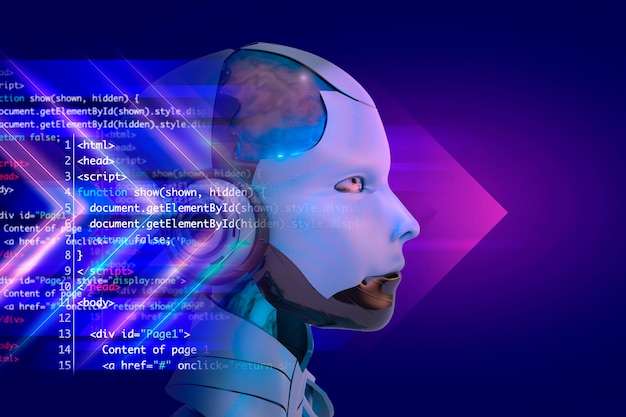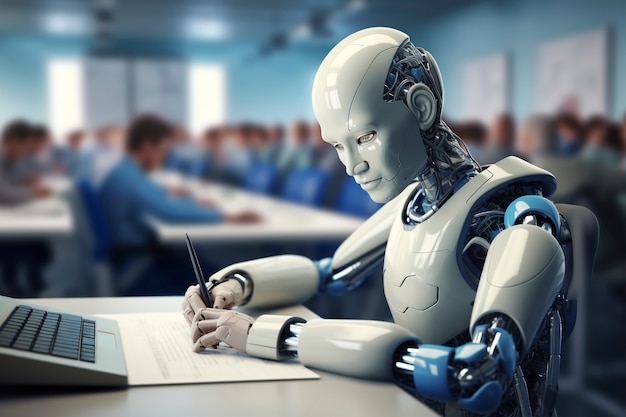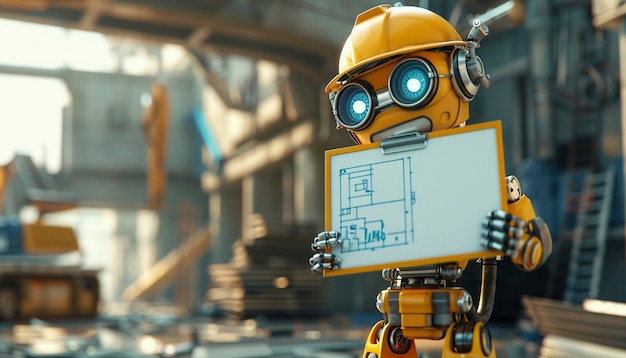3D modeling has become a critical component across a range of industries, from entertainment to engineering and architecture to healthcare. Yet, creating complex 3D models can be an incredibly time-consuming and detail-oriented process, particularly when it comes to remeshing—a technique for refining and optimizing the structure of 3D models.
Thanks to advancements in machine learning, remeshing workflows are being revolutionized. By automating and enhancing remeshing processes, machine learning-driven tools are elevating the efficiency, accuracy, and quality of 3D models like never before.
Read on to explore how machine learning is transforming 3D modeling through innovative remeshing techniques—and what this means for professionals and industries that rely on cutting-edge 3D designs.
What is Remeshing in 3D Modeling?
Before we explore the role of machine learning, let’s clarify what remeshing means. Remeshing is the process of altering or optimizing the mesh—the network of vertices, edges, and faces that defines the geometry of a 3D model.
The goal? To create evenly distributed, high-quality meshes that simplify operations like rendering, simulation, or 3D printing, all without compromising the accuracy of the model. Here are some common reasons professionals use remeshing techniques:
• Simplification (for rendering and gaming): Reduce the number of polygons for real-time applications.
• Refinement (for simulations): Add details to areas of high stress or curvature.
• Optimization (for 3D printing): Ensure models are watertight and avoid errors during production.
Yet, traditional remeshing is tedious and often requires manual input or trial-and-error to achieve the best results. This is where machine learning intervenes.
How is Machine Learning Transforming Remeshing?
Machine learning systems have brought significant breakthroughs to various computational tasks—and remeshing is no exception. Here’s how machine learning is redefining the way 3D models are enhanced through remeshing techniques.
1. Automating Time-Intensive Tasks
Traditionally, artists and engineers need to manually adjust meshes to fit their project’s needs, a process that could take hours or days. Machine learning accelerates this process dramatically by learning to identify and address issues like irregularities in mesh density or topology errors.
Example Use Case
Point-E, OpenAI’s machine learning model for 3D applications, generates 3D meshes from text prompts and automatically simplifies overly complex details into smoother, optimized results. This speeds up the debugging and remeshing workflow significantly.
2. Adapting to Geometry Complexity
Machine learning algorithms excel at handling complexity. By analyzing patterns in large datasets, these systems can predict the optimal vertex and edge placements for complex geometries. This leads to more accurate approximations and better-performing models, whether implemented in simulations, animations, or gaming.
Example Use Case
Deep learning models like Neural DMT optimize surface reconstruction without requiring user-defined parameters. By training on geometrically diverse datasets, these tools provide fine-tuned remeshing capabilities regardless of the shape involved.
3. Maintaining Key Design Elements During Simplification
One of the biggest challenges during remeshing is simplifying geometry while maintaining critical details. Machine learning systems have emerged as game changers by preserving essential features such as sharp edges, intricate curves, or textured surfaces during remeshing.
Example Use Case
Tools like Instant Meshes use machine learning to produce smooth, high-quality meshes that retain the original features of the input model effortlessly, seamlessly balancing simplification and accuracy.
4. Real-Time Processing
Machine learning enables real-time or near-real-time remeshing, which is particularly advantageous for industries requiring high efficiencies like gaming or virtual reality. This capability improves workflows significantly, avoiding bottlenecks caused by manual optimization steps.
Example Use Case
Pixyz, combined with AI frameworks, offers mesh simplification tools that integrate well into VR engines, allowing 3D content creators to optimize their assets on the fly without compromising performance.
5. Cross-Industry Applications
From entertainment to engineering, machine learning-based remeshing is universally applicable, and its impact is felt across sectors. Healthcare, for instance, has seen significant improvements in medical imaging segmentation through smoother 3D reconstructions enhanced with machine learning. The same goes for architectural design applications where intricate blueprints are converted to optimized 3D meshes.
The Benefits of Machine Learning Remeshing for 3D Modeling
The introduction of machine learning into remeshing workflows has far-reaching implications. Below are some of the key benefits for professionals and industries adopting these advancements.
1. Increased Efficiency and Reduced Workloads
By eliminating manual, repetitive tasks, machine learning tools simplify the remeshing process and free up time for creative and strategic thinking. Artists no longer need to worry about polygon placement but can instead focus on the overall quality of the 3D model.
2. Improved Accuracy
When it comes to features like sharp edges or intricate curves, maintaining accuracy while optimizing a mesh can be tricky. However, machine learning models are trained to preserve these details seamlessly. The results? Models that are accurate representations of initial designs, but much more efficient.
3. Enhanced Scalability
Thanks to the speed and adaptability of machine learning algorithms, adopting modern remeshing methods enables scalability for larger projects. Whether creating a library of models for a gaming studio or designing thousands of components for an engineering project, the process becomes exponentially faster.
4. Sector-Specific Applications
AI-powered remeshing benefits different industries uniquely. For example:
• Gaming and VR benefit from highly optimized real-time models and reduced lag.
• Engineering gains seamless integration of CAD models into simulations.
• Healthcare enjoys better surgical planning thanks to more accurate anatomical meshes derived from scan images.
Challenges and Opportunities
While the potential of machine learning in remeshing is enormous, some challenges remain.
• Training Data Quality: Achieving reliable results depends on the size and diversity of datasets used to train machine learning models. Poor datasets may lead to suboptimal or biased outputs.
• Integration with Existing Tools: Many 3D modelers rely on legacy software where adopting machine learning-based tools may require infrastructure upgrades.
• User Familiarity: Training programs encouraging adoption by artists and engineers are necessary to maximize the impact of AI-based tools effectively.
That said, these challenges also present opportunities. For example, companies specializing in 3D tools now have a chance to invest in better training datasets, create seamless integrations, and provide learning resources for their users.
Revolutionize Your Workflow with AI
Machine learning remeshing represents a pivotal shift in how we approach 3D modeling. By automating tedious processes, improving accuracy, and unlocking new possibilities in efficiency, it’s reshaping industries dependent on high-quality 3D designs.
Whether you’re an artist, engineer, or architect, adopting AI-based tools could transform your workflow into something faster, more efficient, and more creative. The future of 3D modeling lies in machine learning. Are you ready to step into it?






